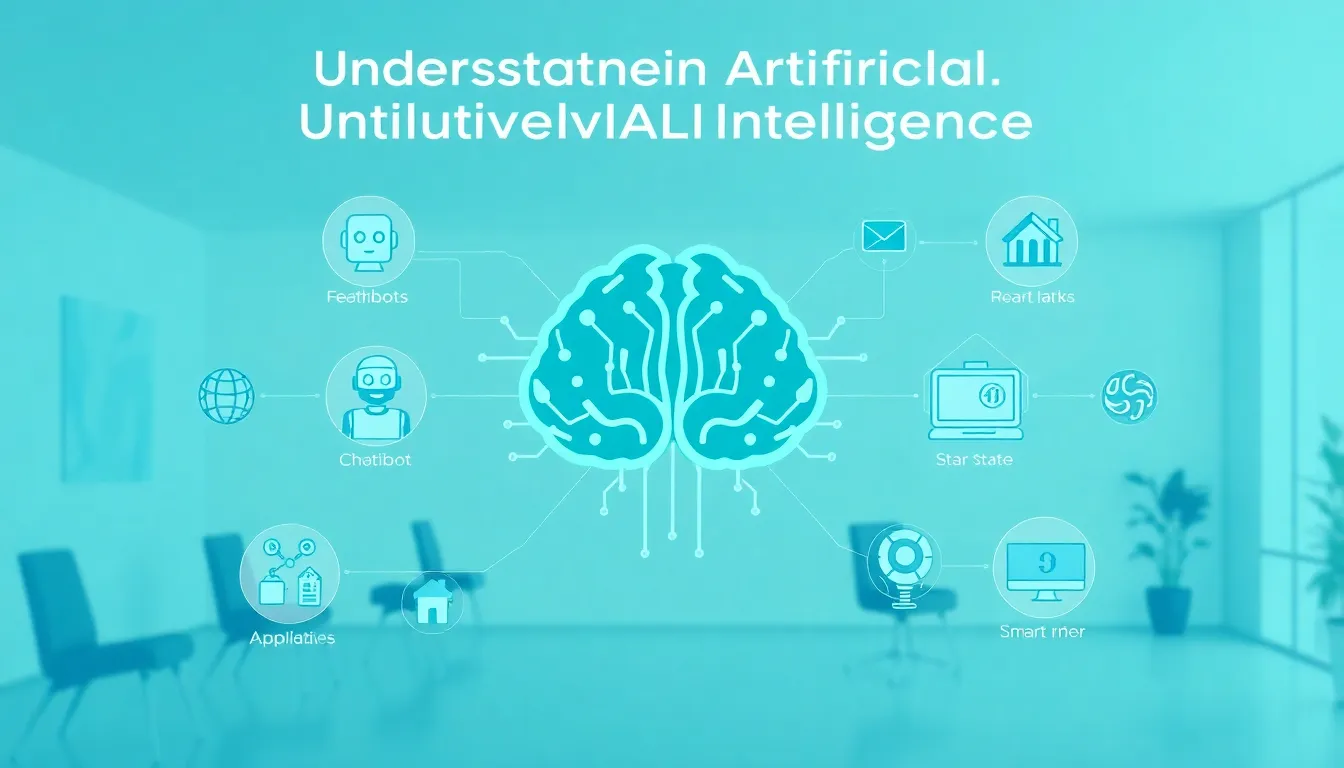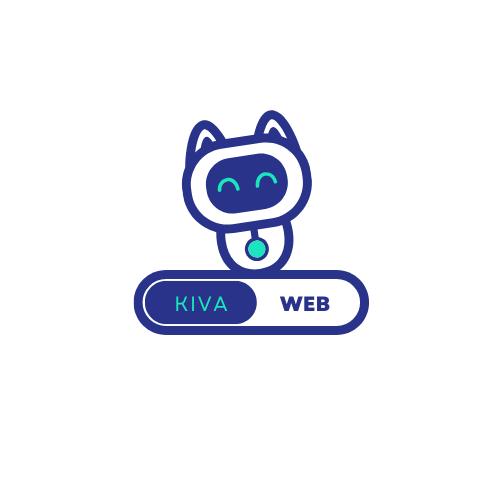Artificial Intelligence infographics are like the superhero of complex information, they make the intricate world of AI digestible, relatable, and visually appealing. Imagine transforming dense data into visually captivating stories. Intrigued? Good. Let’s jump into the details of AI infographics and discover why they’re the future of information sharing. Spoiler alert: by the end of this article, you’ll be wishing you had an infographic for every topic under the sun.
Table of Contents
ToggleUnderstanding Artificial Intelligence

Artificial Intelligence (AI) refers to the capability of machines to mimic human cognitive functions such as learning, reasoning, and problem-solving. At its core, it’s about creating systems that can automate tasks which normally require human intelligence. This includes understanding natural language, recognizing patterns, and making decisions based on data. The beauty of AI lies in its vast potential for innovation across various fields. From automated personal assistants like Siri to intelligent algorithms analyzing medical data, AI is deeply embedded in everyday technology.
The Evolution of AI Technology
AI technology has evolved dramatically over the years, stretching from its nascent stages in the mid-20th century to today’s advanced machine learning models. In the early days, AI was predominantly rule-based, operating on predefined instructions. But, the introduction of machine learning in the 1980s marked a significant turning point. Now, machines can learn from experience, improving their accuracy over time. Fast forward to the present, and we’re witnessing a boom in deep learning, where neural networks simulate human thought processes. As a result, AI now drives innovative solutions in various sectors, shaping the future of technology.
Key Components of AI
Understanding AI requires a grasp of its foundational components, which include:
- Machine Learning: The backbone of AI, allowing systems to learn from data and improve autonomously.
- Natural Language Processing (NLP): This enables machines to understand and interpret human language, paving the way for voice-activated assistants.
- Computer Vision: AI systems that can interpret and understand visual information, think facial recognition tools.
- Robotics: Integrating AI into physical machines so they can perform tasks, from manufacturing to surgery. Each component plays a vital role in enhancing the overall efficiency and capabilities of AI systems.
Applications of AI Infographics
AI infographics serve as powerful tools to communicate complex AI concepts succinctly. They find applications in various areas:
- Education: Infographics simplify dense AI theories for students, making learning more engaging.
- Marketing: Companies leverage AI infographics to elucidate how AI enhances customer engagement and boosts sales.
- Healthcare: Visualizing patient data through infographics can help practitioners quickly interpret AI-generated predictions. All these applications showcase the versatility of AI infographics, making them indispensable in today’s information-driven society.
Creating an Effective AI Infographic
Creating a compelling AI infographic isn’t merely about slapping some visuals onto data, it’s an art. Here are some best practices and tools to keep in mind:
Best Practices for Designing Infographics
- Keep it Simple: Don’t overwhelm with too much information. Focus on a single message.
- Use Engaging Visuals: Leverage charts, icons, and illustrations to tell your story effectively.
- Consistent Colors and Fonts: Stick to a color palette and font style that match your brand for cohesive presentation.
- Data Accuracy: Ensure all facts and statistics are accurate and cited to build credibility.
Tools and Resources for Infographic Creation
Several tools can aid in crafting infographics that catch the eye.
- Canva: Offers templates and design elements for easy customization.
- Piktochart: Ideal for creating professional infographics with a user-friendly interface.
- Visme: Focuses on interactive infographics that can engage audiences further. These resources not only foster creativity but also ensure that your infographic is visually appealing and informative.
Case Studies of Successful AI Infographics
Several companies have excelled at using AI infographics to communicate their messages. For instance, Google created an infographic that illustrated how machine learning impacts search results, effectively demystifying their algorithms for the average user. Another example includes IBM’s infographic on AI’s role in transforming healthcare. By showcasing data visually, these companies successfully attracted attention and sparked discussions around their innovations. These case studies emphasize the importance of infographics in fostering understanding and engagement with AI technologies.










